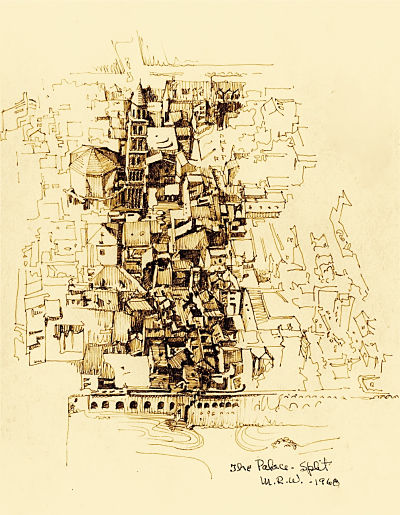Charles R. Wolfe, an environmental lawyer based in Seattle has written an article on the benefits of adaptive reuse of landmarks in urban redevelopment. According to him, “to reinvent cities, we need to know where we have been and where we are going.” Focusing on the town of Split, Croatia, Wolfe examines the questions “How did our predecessors handle these issues in simpler times, when reuse was a practical necessity? What can we learn form those stories?”
He uses Split as an example due to its strong record of converting and reusing important historical landmarks. A former mausoleum is now used as a cathedral, and the Emperor’s apartments are now the “structural framework of a residential area.” As a result, there is a clear intersection of past and present in the city.
The argument behind this fascinating story is to encourage the practice of sustainable reuse in our own cities today – to emphasize the idea that both public and private spaces can hold many purposes over time. There are many positive aspects of the practice of sustainable reuse, and we should be aware of them.
Read more on The Atlantic Cities
Professor M.R. Wolfe sketch courtesy of Charles R. Wolfe.
